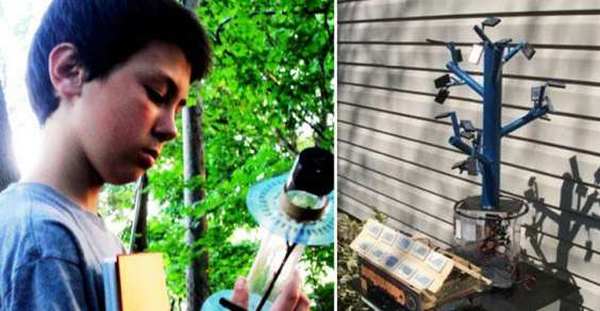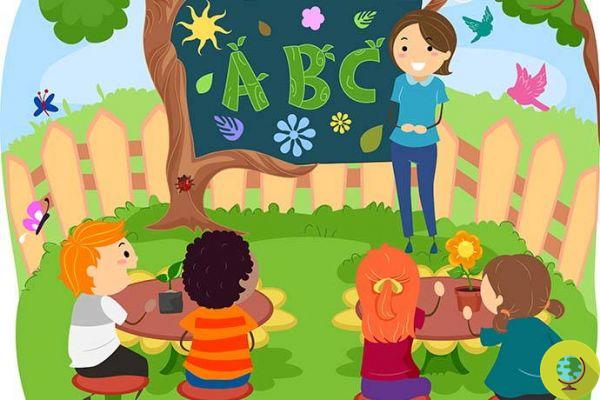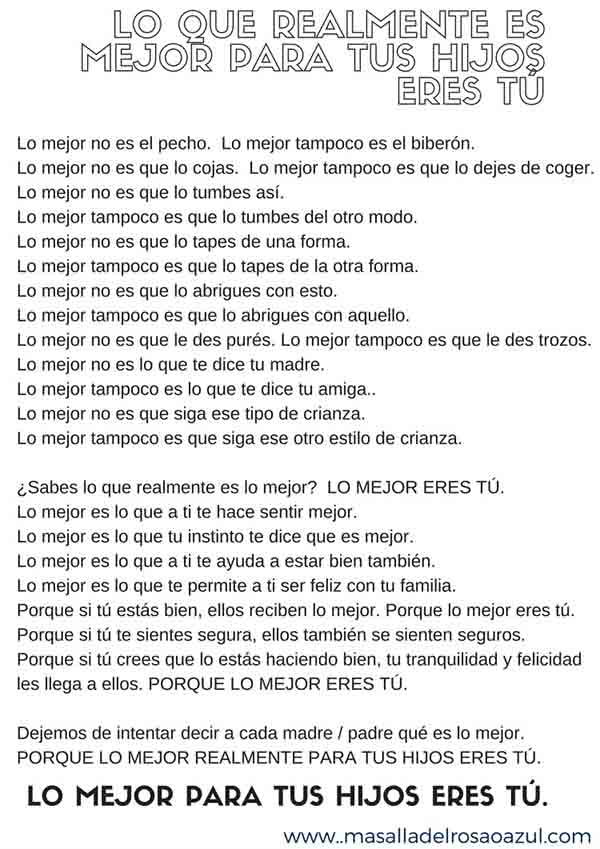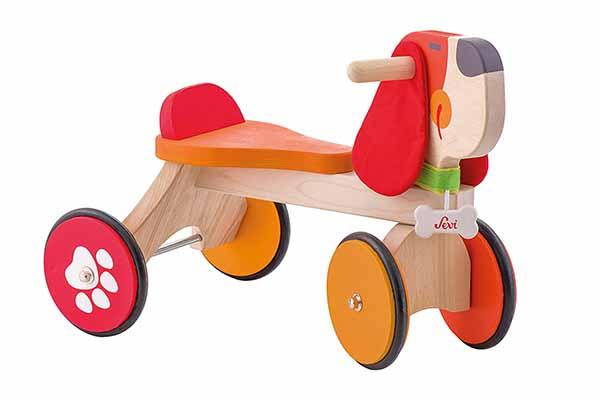Sensory gardens are paths where children can get closer to nature and explore the different elements, discovering the shapes, colors and textures of nature's gifts.
I sensory gardens are paths where i children they can get closer to nature and explore the different elements by discovering the shapes, colors and textures of nature's gifts.
We can create sensory gardens and sensory trails for children in our home, in our garden or in the courtyard of a kindergarten, school, playroom or other facility dedicated to children.
The idea is to create a safe space where ibchildren can walk barefoot along a path or predetermined path where they can find leaves, grass, pebbles, flowers, sand, obviously all arranged so that they do not risk getting hurt and that they only experience the pleasure of exploration.
Read also: THE BEST GIFT FOR CHILDREN IS THE TIME WE SPEND WITH THEM
Index
How to create a sensory garden for children
Create your own sensory garden for children as if it were a wonderful path to go through barefoot to discover the materials and natural elements that compose it.
Read also: SMART CHILDREN CLIMB UP TREES AND RUN IN THE RAIN
- Mark the sides of your sensory garden with bricks, as if they were the edges of a flower bed.
- Divide the sensory garden into different sections, always delimited by bricks and bricks.
- Arrange different natural elements in each section, for example: dry leaves, well-smoothed and not sharp pebbles, a small expanse of straw, hay or dry grass, a small flowery friar and so on, always remembering the safety of children.
- When the materials used get damaged, make sure you can replace them easily so don't try to fix them to the ground but arrange them as if you were filling a container.
- Try to alternate the different materials and, for example, prepare a layer with soft sand, a next section with leaves and the next section with pebbles and so on until your sensory path is complete.
- If you want to avoid the growth of weeds, you can cover the bottom of the different sections with garden cloths or waterproof bags.
- In your sensory garden you can also create space for a small basin with somewater. A depth of a few centimeters is enough - not dangerous - to just make sure that children can put their feet in the water.
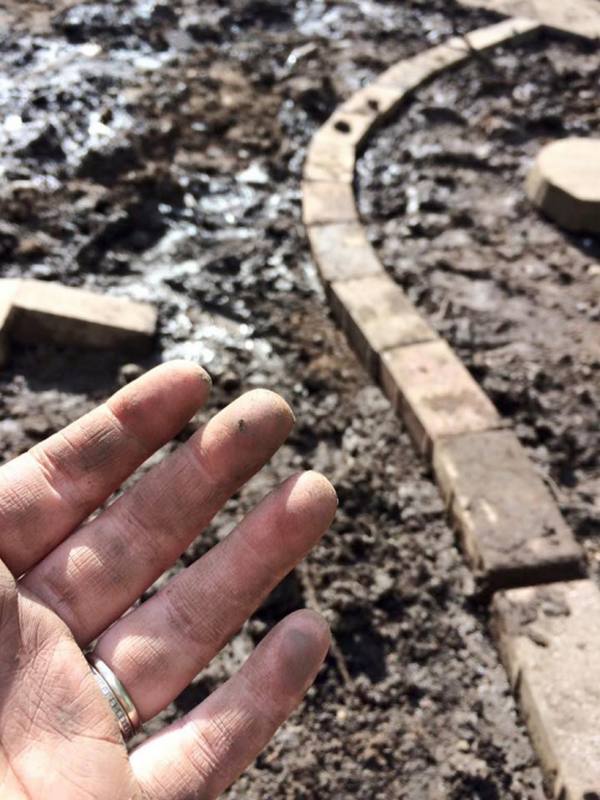
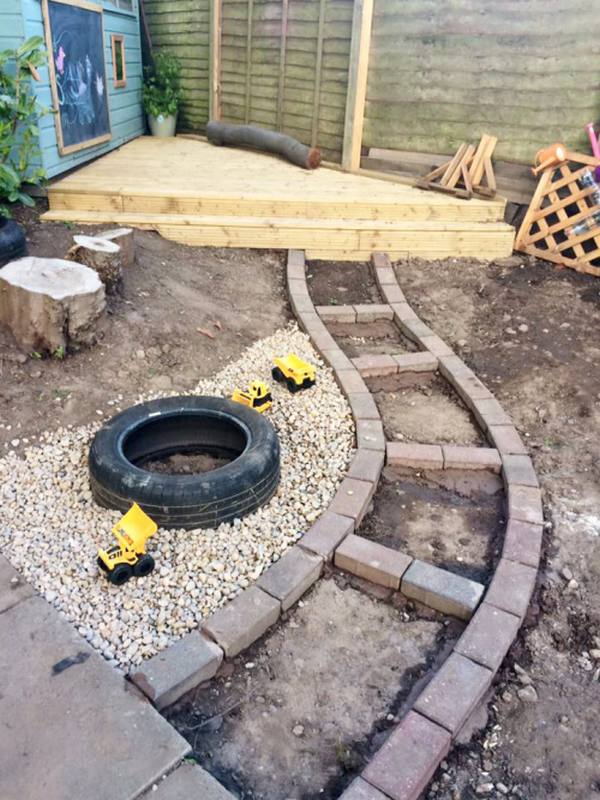
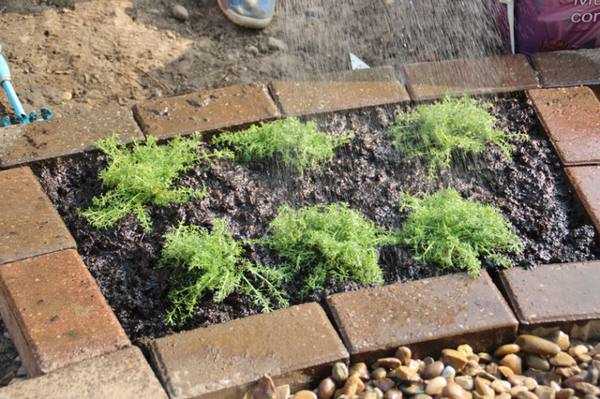
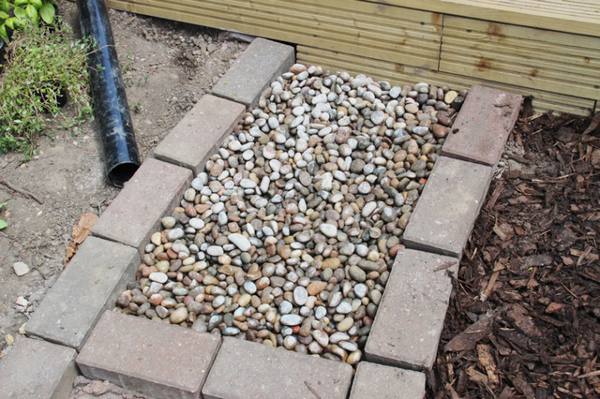
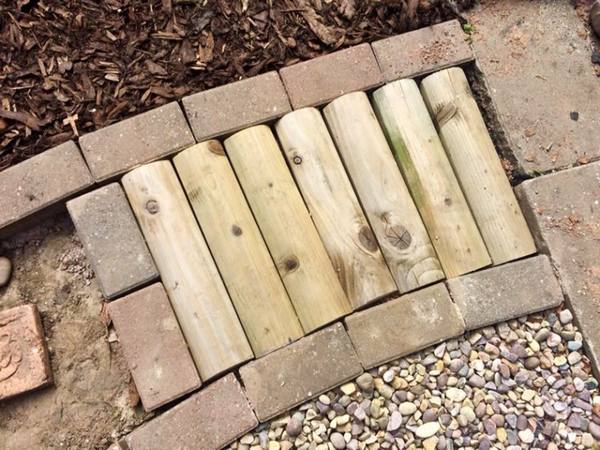
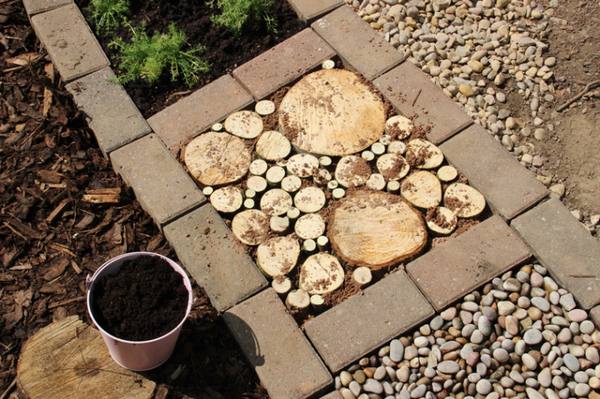
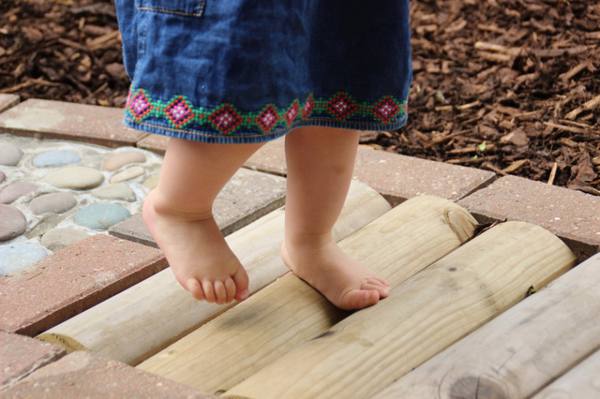
Fonte foto: Play at home teacher
Useful materials to create a sensory garden
To give life to the sensory garden of your choice, you can wander between different materials. However, here are some useful tips.
Read also: TACTILE BOOKS FOR CHILDREN: 10 IDEAS TO MAKE THEM YOURSELF (VIDEO)
- Bricks to mark the path
- Pebbles
- leaves
- Sand
- Gravel
- Grass to grow
- Kitchen Tiles
- Bark
- Sprigs of wood
- Acqua
- Straw
- Hay
Enrich your sensory garden with everything it can stimulate children's curiosity:
- Fragrant flowers
- watering can
- Rake
- Bucket
- Paletta
- Molds for playing with sand
To enrich the sensory garden with different scents and colors grown near the path:
- Shrubs with flowers and fruits
- Kratom
- Rosemary
- Parsley
- Mint
- Oregano
- Marjoram
- Basil
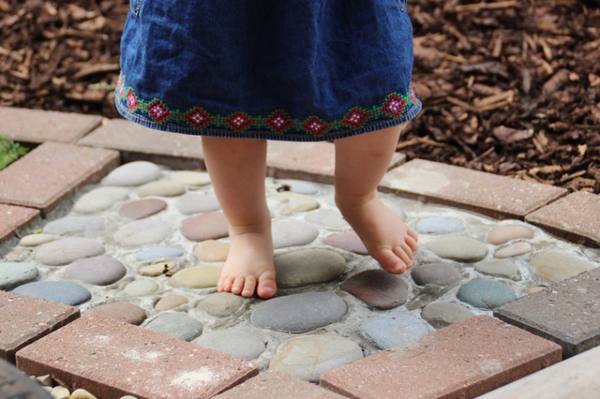
Fonte foto: Play at home teacher
Sensory garden, benefits for children
What are the delivery times? benefits of the gardensensory dino for children? Sensory gardens are suitable for all children who, thanks to this fun game involving all the senses, can go to the discovery of nature.
You can enrich your sensory garden so that it can always be stimulating not only for touch and sight, but also for the sense of smell and for hearing. For example children can listen to noises that are created when they walk on different surfaces or can smell the scents of the flowers and aromatic herbs of their garden.
The greatest benefit of the sensory garden for children is the creation of a rich and stimulating environment that can favor their growth from the motor point of view and the development of the five senses.
Read also: Montessori: 10 panels and boards of activities to inspire you
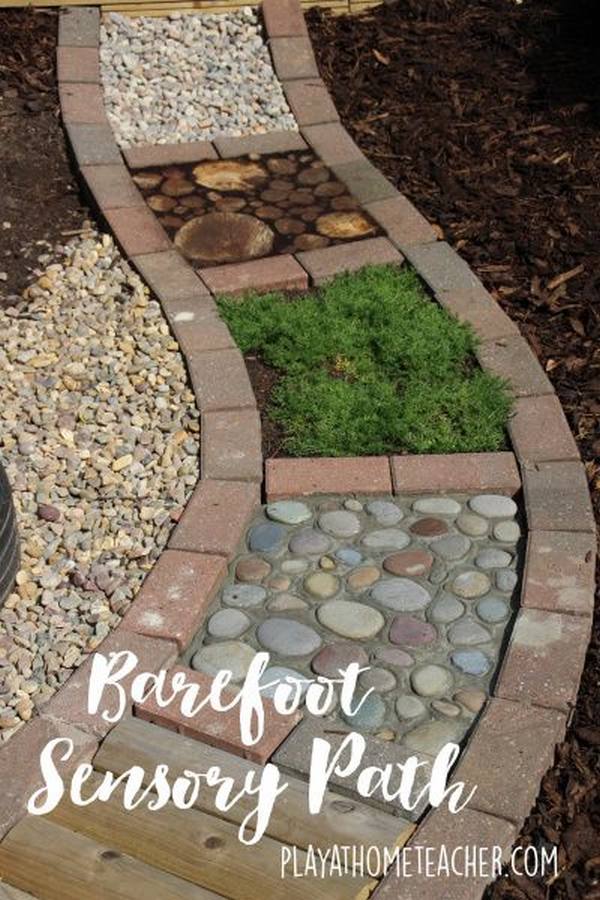
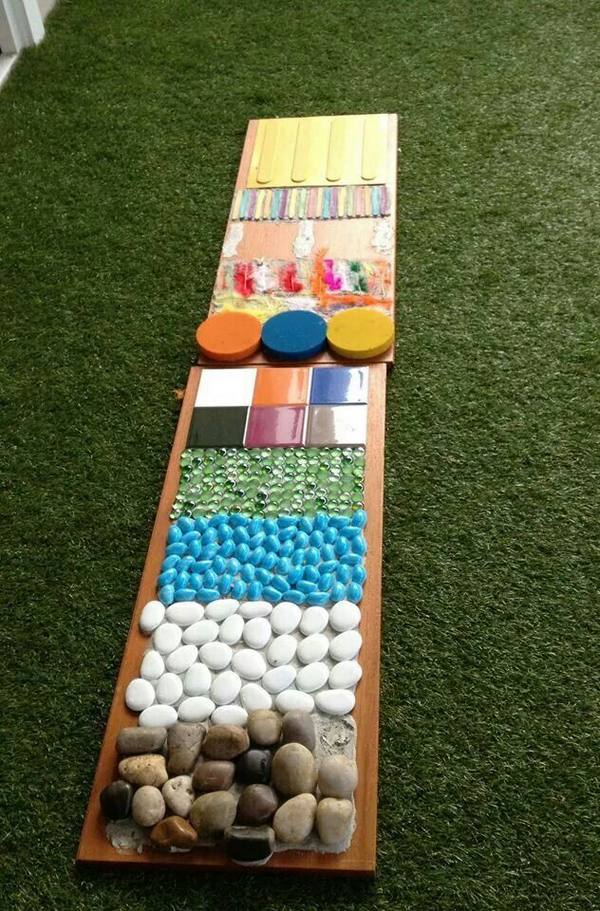
Fonte photo: Vaikodiena
We summarize the benefits of the sensory garden for children.
- Exploration of nature
- Stimulation of the five senses
- Discovery of the world
- Creating a rich and varied environment
- Life in the open air
- Time to spend with parents
Read also: 10 ideas to create a treasure chest for children
The sensory garden of the Bimbi Ponte Nursery
If you don't have a garden, you could still create a sensory garden for children at home, as they did at the Bimbi Ponte Nursery.
It takes 4 boxes to be filled with different materials (which are safe for children): grass, leaves, stones and sand.
Watch the video, isn't it a wonderful experience?
Same concept with plastic trays, in which to put different materials to probe with the feet. It doesn't take much!




